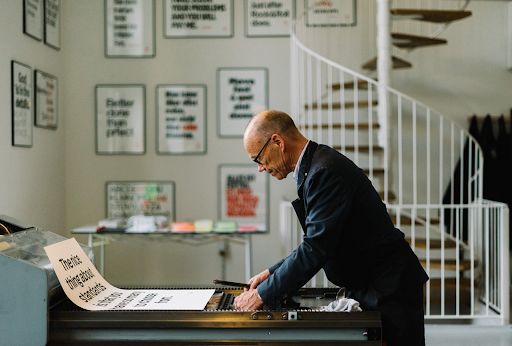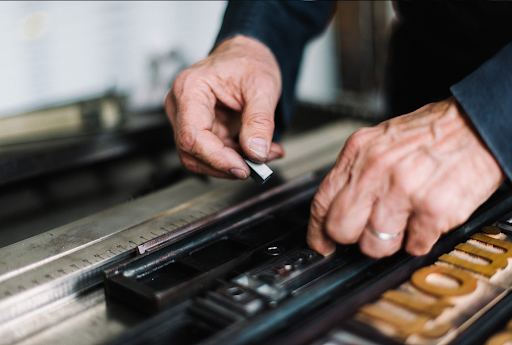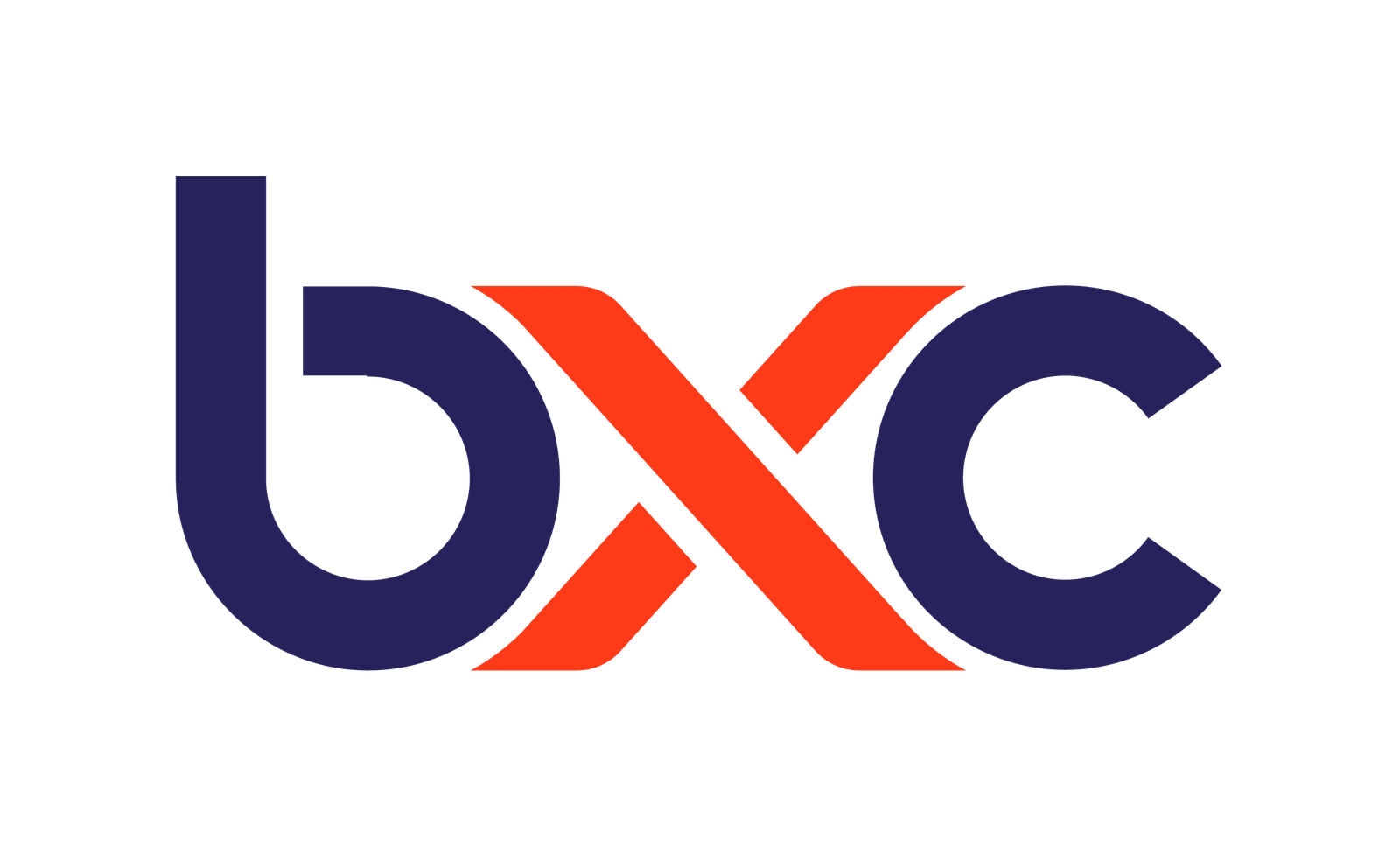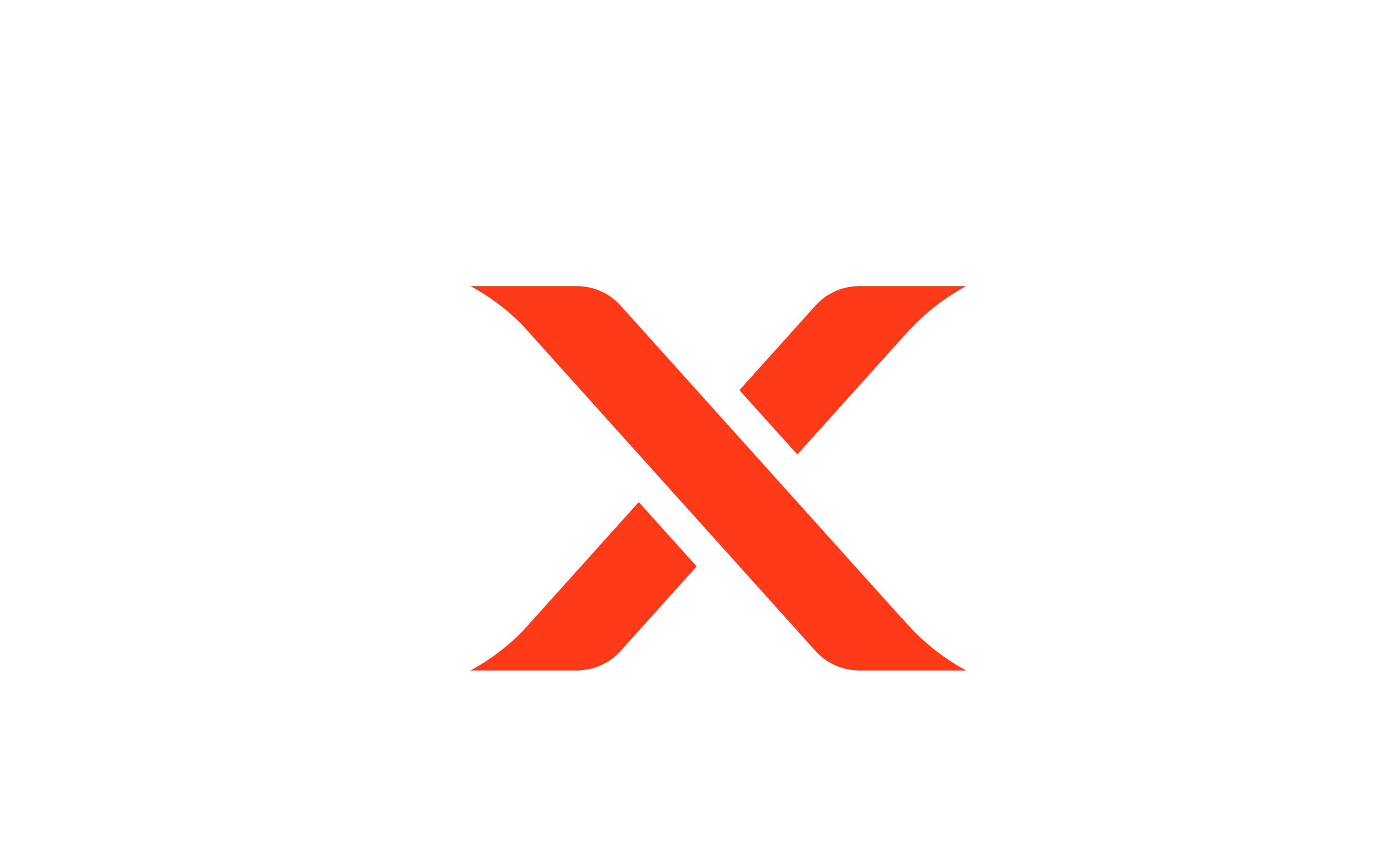
Apr
Breaking the Cycle: Why Designers Advocates Against Free Design Pitches
In the world of design agencies, the practice of free design pitches has long been a contentious issue. This article explores the perspectives of renowned designers and industry experts who strongly argue against the concept of free pitching. Erik Spiekermann, Sarah Boris, and Paul Woods share their insights on the detrimental effects of free design pitches, emphasizing the devaluation of expertise, unrealistic expectations, and the race to the bottom it encourages within the creative industry. Additionally, recent research sheds light on the prevalence of client expectations for free work samples.
Erik Spiekermann, a respected typographer and designer, firmly believes that free design pitches devalue the experience and expertise of design agencies. He argues that by offering design work for free, agencies imply that it is easy to create and not worth paying for. Spiekermann emphasises that the effort and skill that go into producing original design work should be appropriately compensated.
Spiekermann further contends that free design pitches set unrealistic expectations for clients. By providing visual output, ideas, and responses to briefs without compensation, agencies fail to convey the true value and complexity of the design process. Clients may develop misconceptions about the ease and speed with which high-quality design can be produced, leading to dissatisfaction when faced with the reality of paid design services.
To counter the negative effects of free pitching, Spiekermann advocates for agencies to focus on showcasing their capabilities and track record through their portfolio and previous work. By emphasising expertise, agencies can attract clients who value their skills and are willing to pay for quality design work. Establishing long-term relationships based on trust and mutual respect is essential to foster collaboration and achieve the best possible results.
Recent research indicates that a significant number of clients expect free work samples as part of the process of hiring an agency or creative team. In fact, approximately 70% of clients anticipate receiving these “sample” works without compensation. This data highlights the challenge faced by design agencies in navigating client expectations while preserving the value of their expertise and creative services. Moreover, it is disheartening to observe that a significant number of clients purposefully overlook the reality that “unpaid pitching falls into a gray area of potentially dubious legality and represents behavior that is detrimental to the industry.” Despite this knowledge, they persist in exploiting the situation simply because it has become the prevailing norm.
Sarah Boris, an award-winning graphic designer and art director, echoes Spiekermann’s sentiments. Boris emphasises the need for industry unity to combat the prevalence of free design pitches. She highlights that clients often request unpaid visual output based on the misconception that it is an acceptable practice which ultimately is “part of the problem“ . Boris argues that it is crucial for the industry to unite and refuse unpaid work to protect the value of creative expertise.

Paul Woods, another renowned designer, warns against the detrimental consequences of free pitching on both individual designers and the industry as a whole. In his book published in 2019, he elaborates on the notion that when agencies provide creative work without sufficient time, briefing, or collaboration, they create a distorted impression of the effort required to produce exceptional design. This perpetuates a devaluation of creative work, leading to a race to the bottom where agencies must offer lower prices to win business.
Free design pitches have long been a controversial topic within the creative industry. Erik Spiekermann, Sarah Boris, and Paul Woods all agree that this practice undermines the value of design expertise, sets unrealistic expectations, and encourages a race to the bottom. Instead, the experts advocate for agencies to focus on showcasing their capabilities, building trust with clients, and establishing long-lasting relationships based on mutual respect. By promoting these principles, the industry can uphold the value of creative work and foster a more sustainable and collaborative environment.
Done By: Rejina Khar, Zarif Ong & Elly Ken
Source: Behance Blog, AIGA, ADG-FAD & Creative Review

